The Norwalk Islands Sharpies are the product of more than a century of evolution. Their pre-cursors are believed to have originated in New Haven, Connecticut, where there was a need for light, shallow-draft boats that could carry loads of oysters safely across bars to market. I say “believed” because there is some evidence that similar types were used in Ireland even earlier.Working sharpies were flat-bottomed, slab-sided center-boarders rigged as cat-ketches with unstayed masts. They were perfectly suited to their environment, so when Bruce Kirby was thinking about a boat to use in his own slowly silting-in waterway at Rowayton, Connecticut, he turned to the local sharpies for inspiration.The sharpie he drew for himself was a 26-footer (see Small Boats 2007). He was so pleased with her performance that he began designing a range of similar boats in varying sizes. He called them the Norwalk Islands Sharpies, and they’ve been around now for more than 20 years. In 1987 an Australian boatbuilder, Robert Ayliffe, came for a visit. The two hit it off, and when Robert returned home he set up NIS Boats to market the sharpies worldwide. About 250 Norwalk Islands Sharpies have been built from plans, over 60 of them in Australia. Their well-proven success is perhaps not surprising when you consider that they are designed by Kirby, whose credits include such diverse craft as the Laser, the Olympic Sonar class, and various Canadian challengers for the AMERICA’s Cup.
Join The Conversation
We welcome your comments about this article. If you’d like to include a photo or a video with your comment, please email the file or link.
One thought on “The Norwalk Islands 18 and Its Cousins”
Leave a Reply
Stay On Course

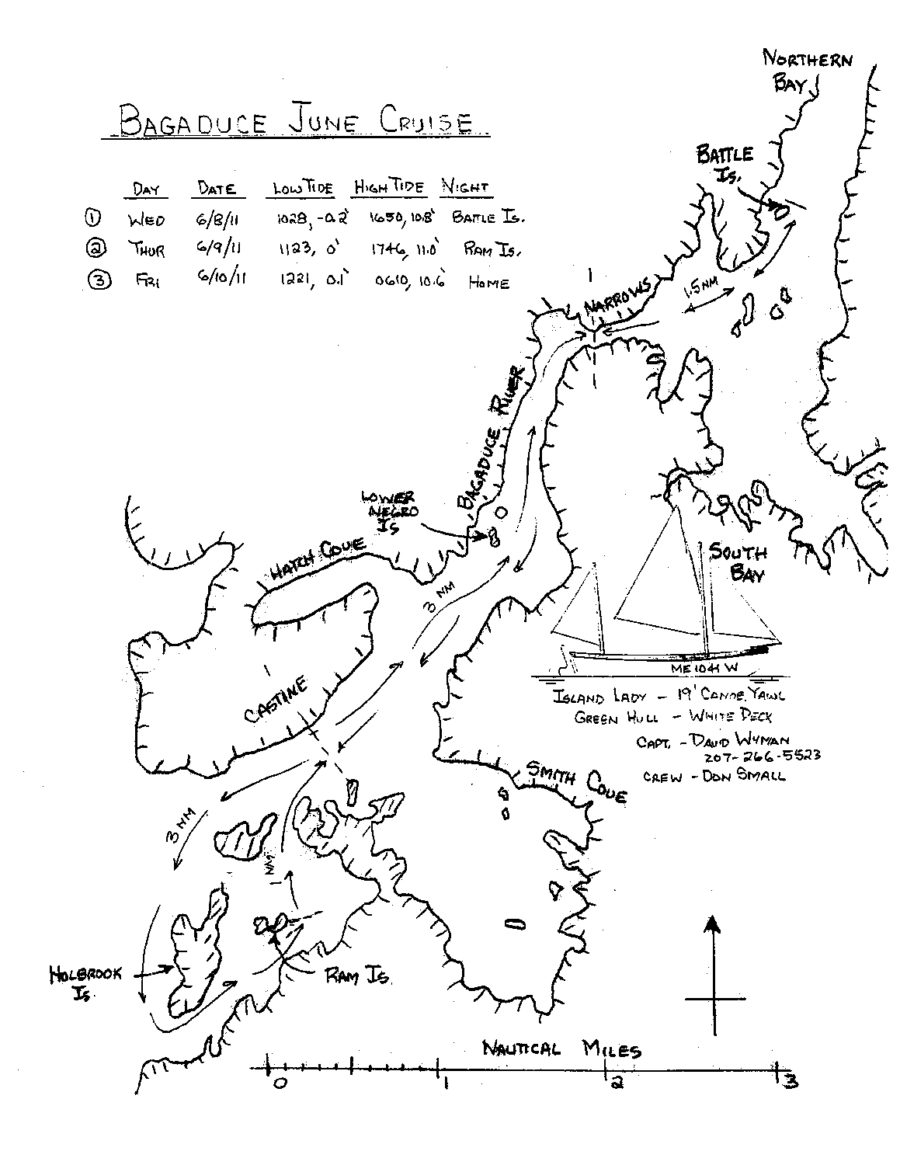
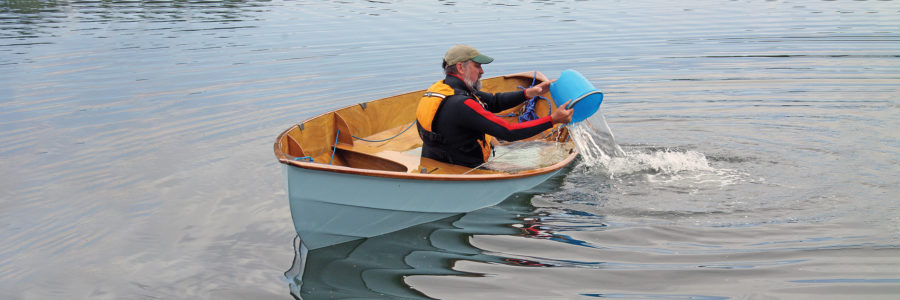
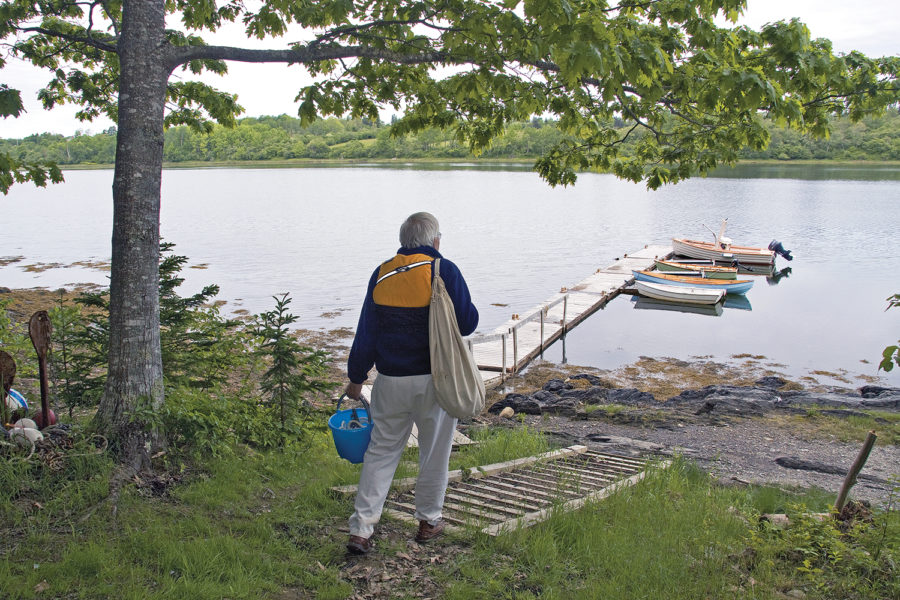
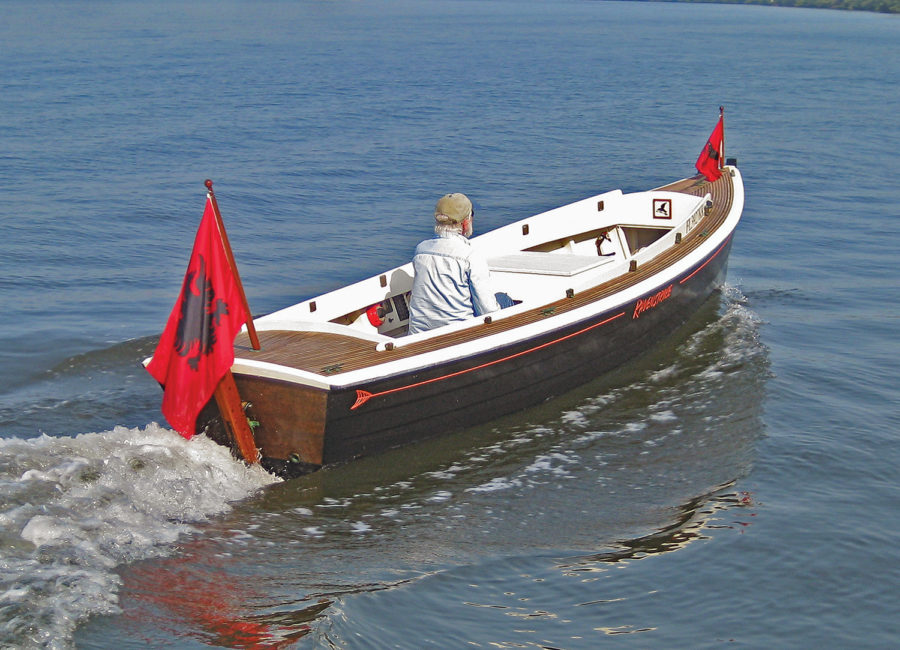
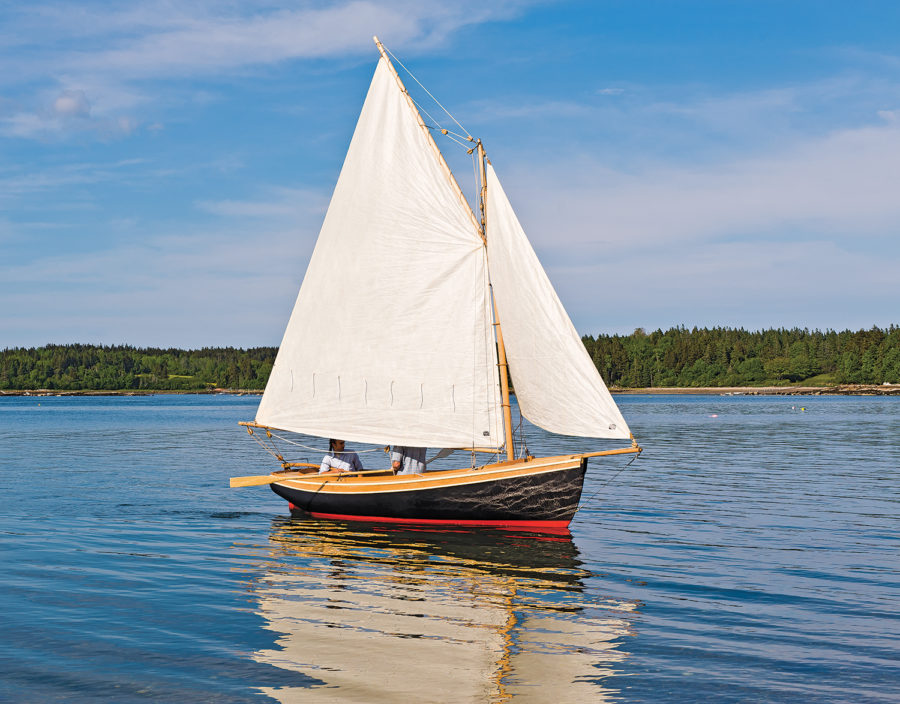
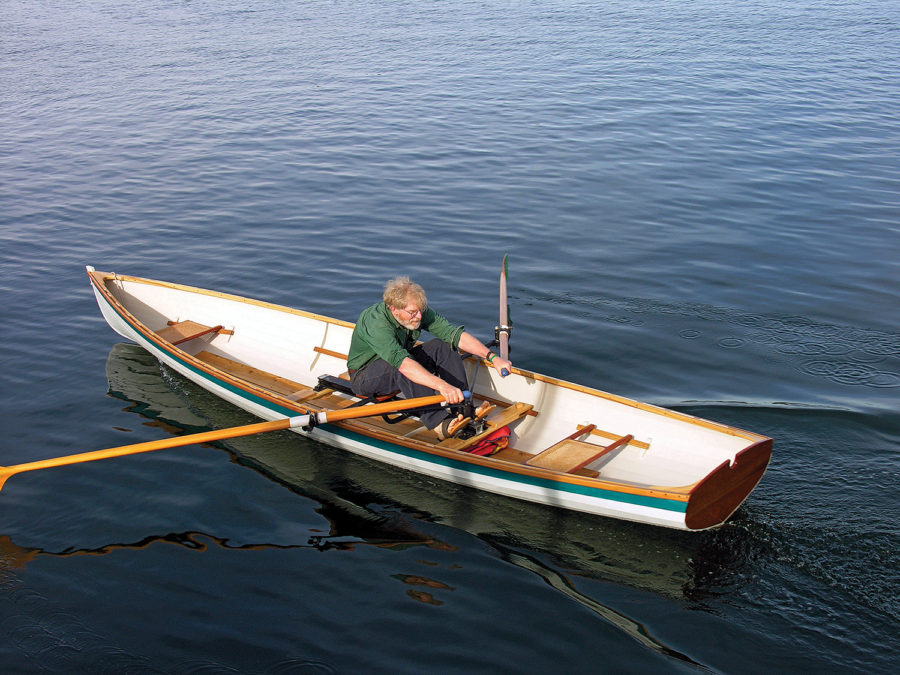
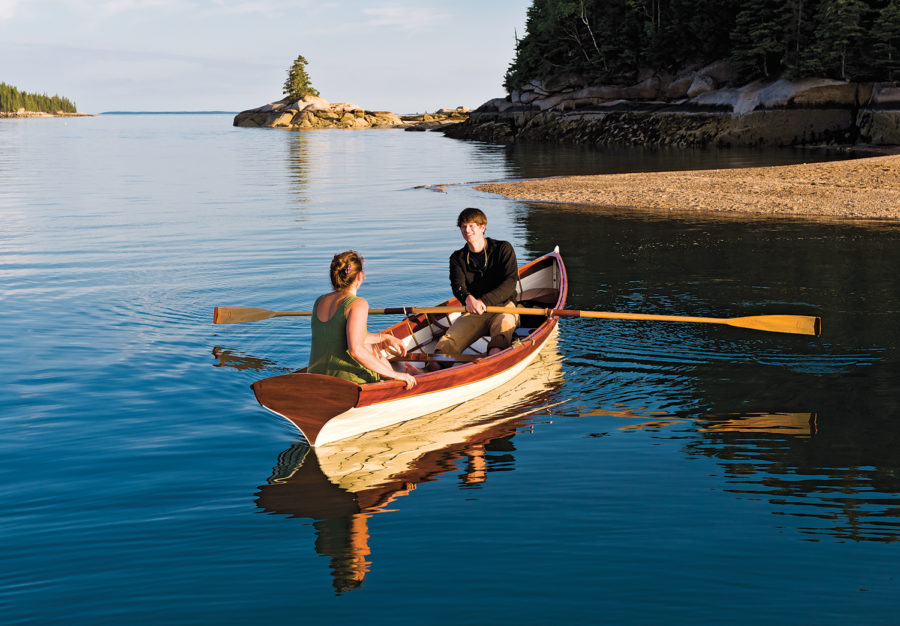
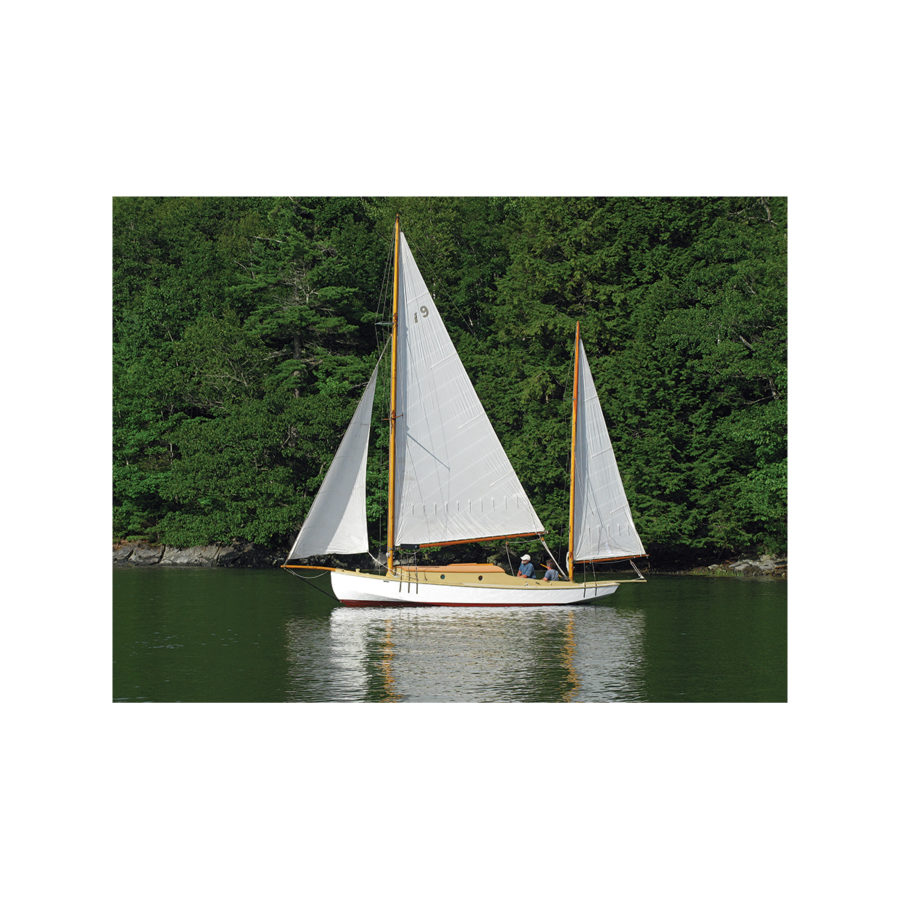
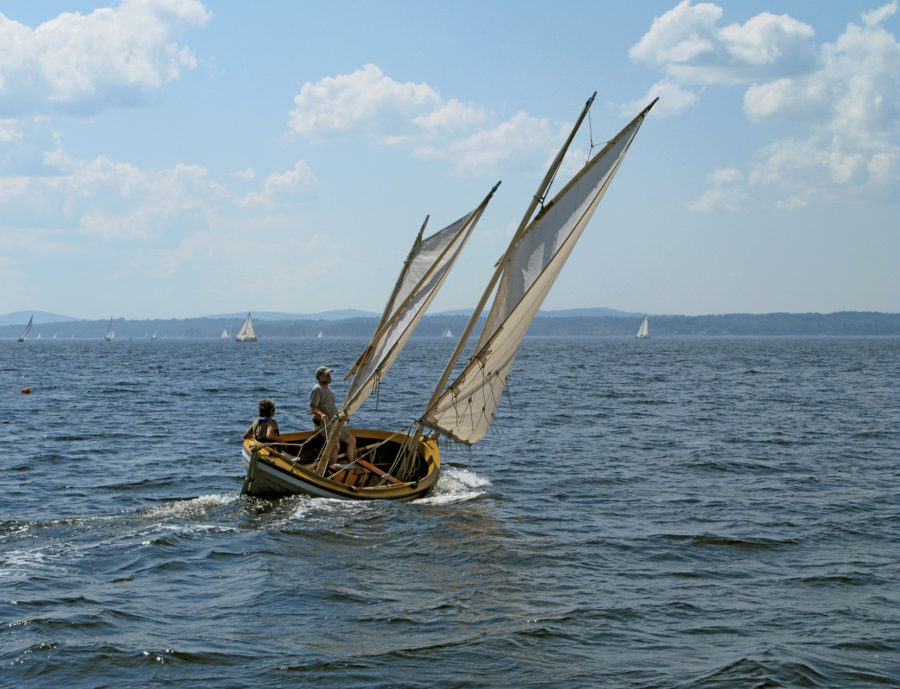
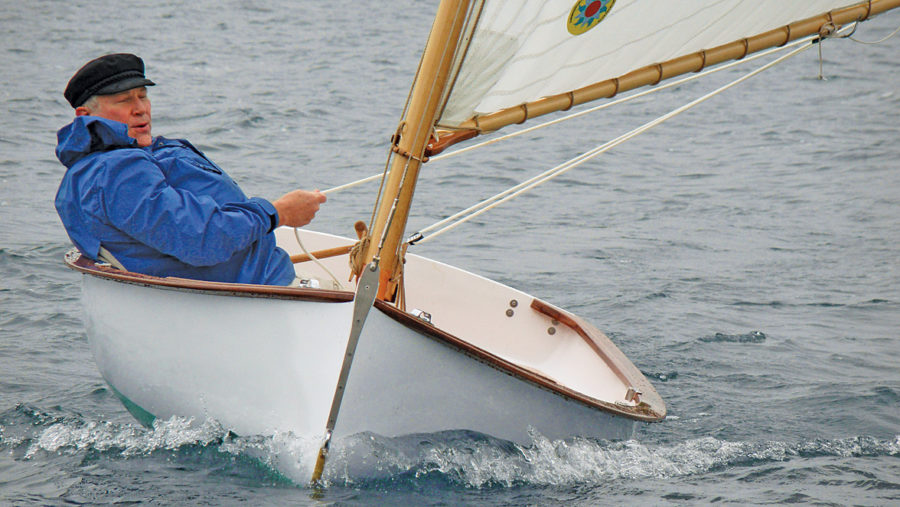
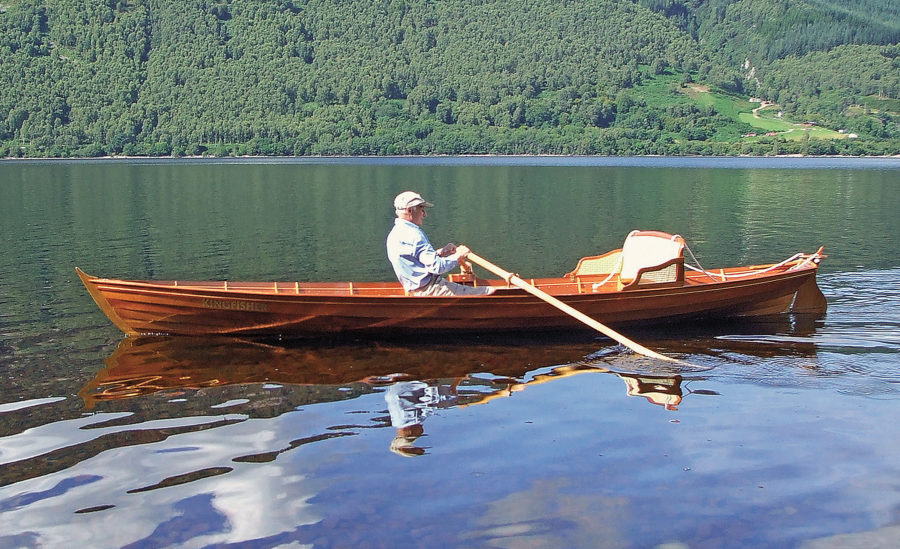
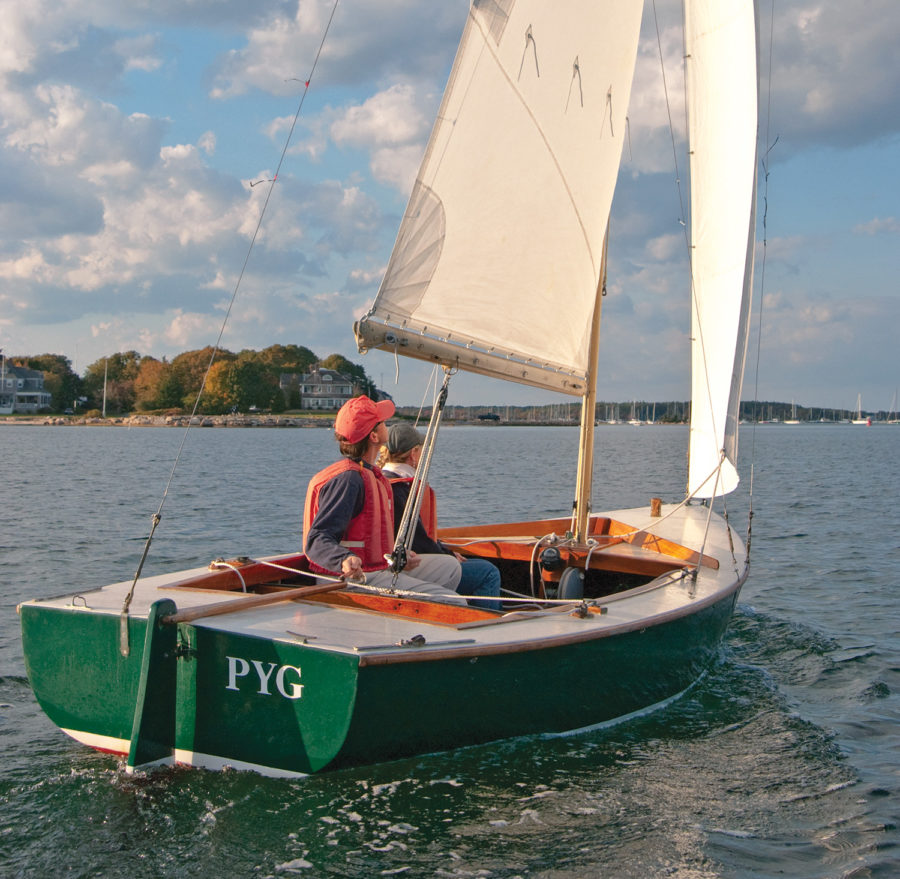
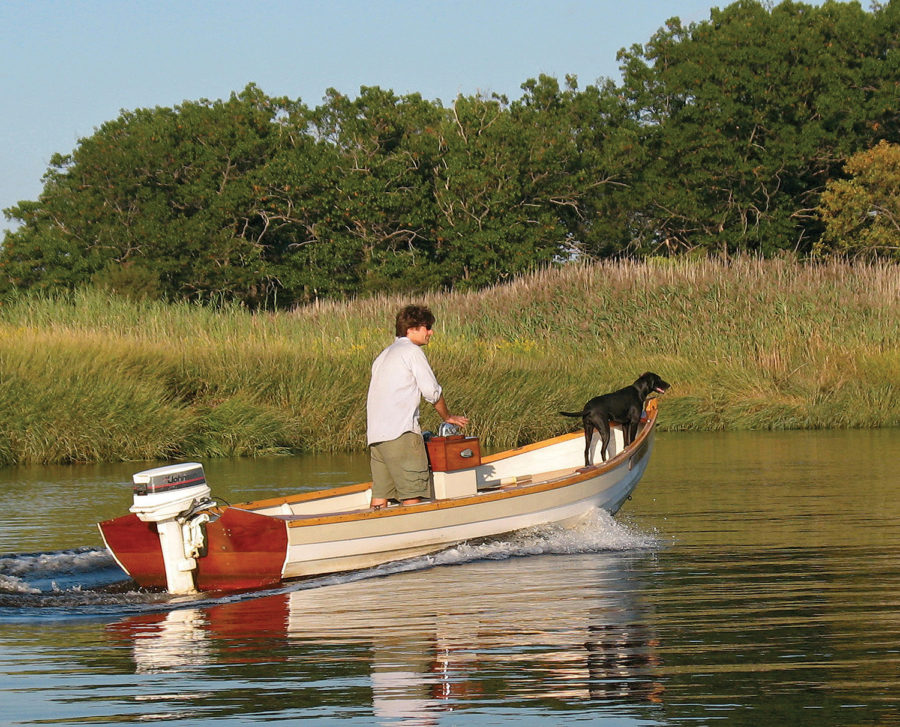
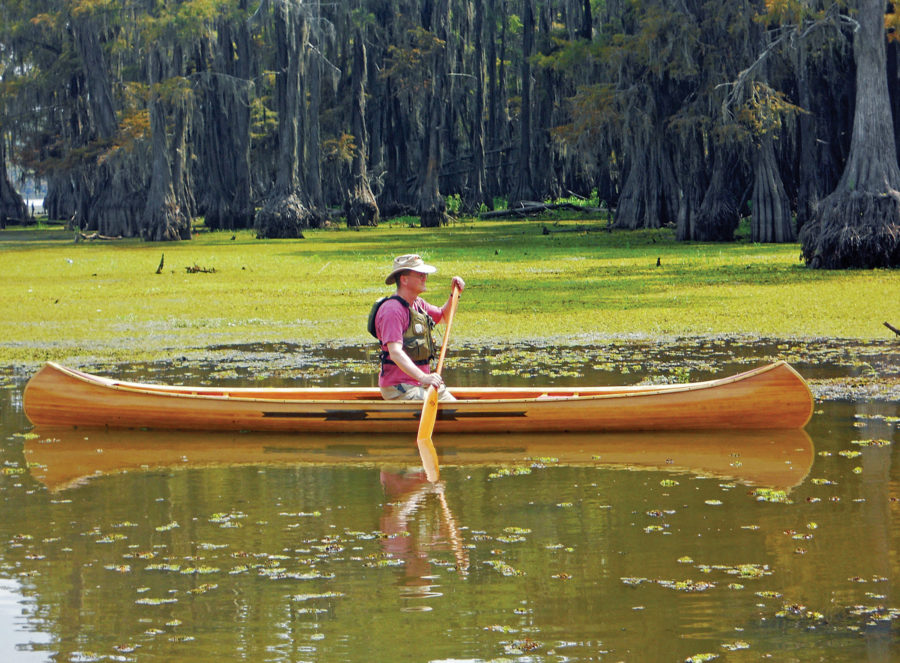
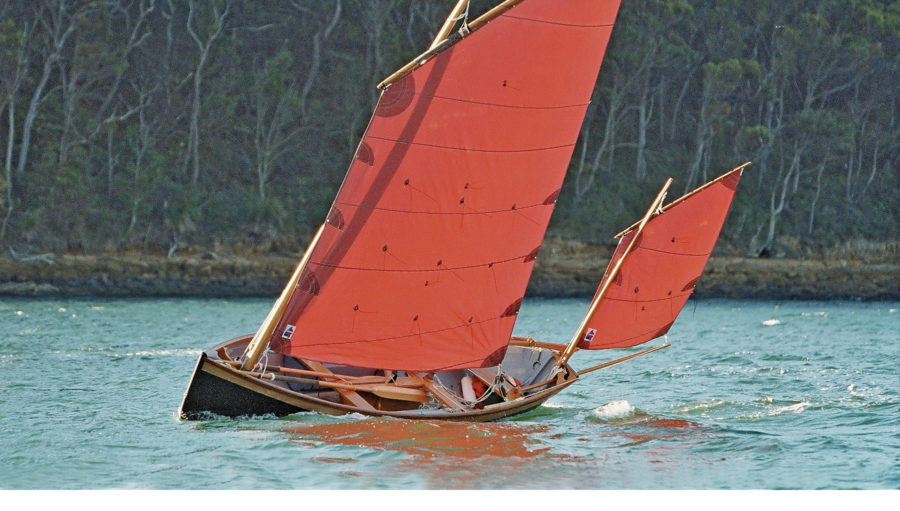
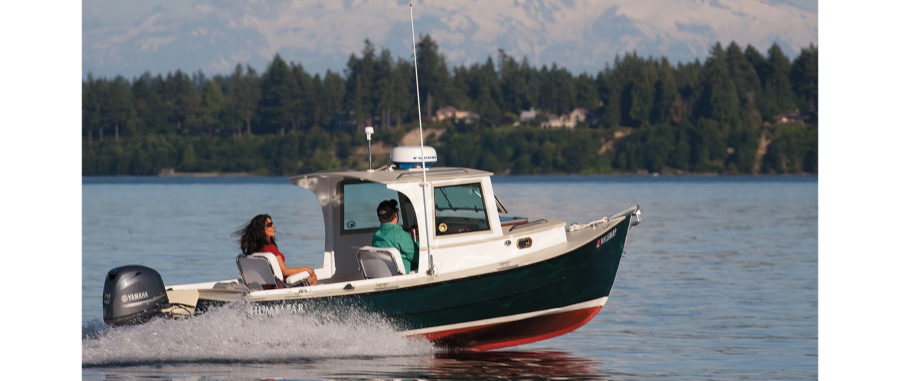
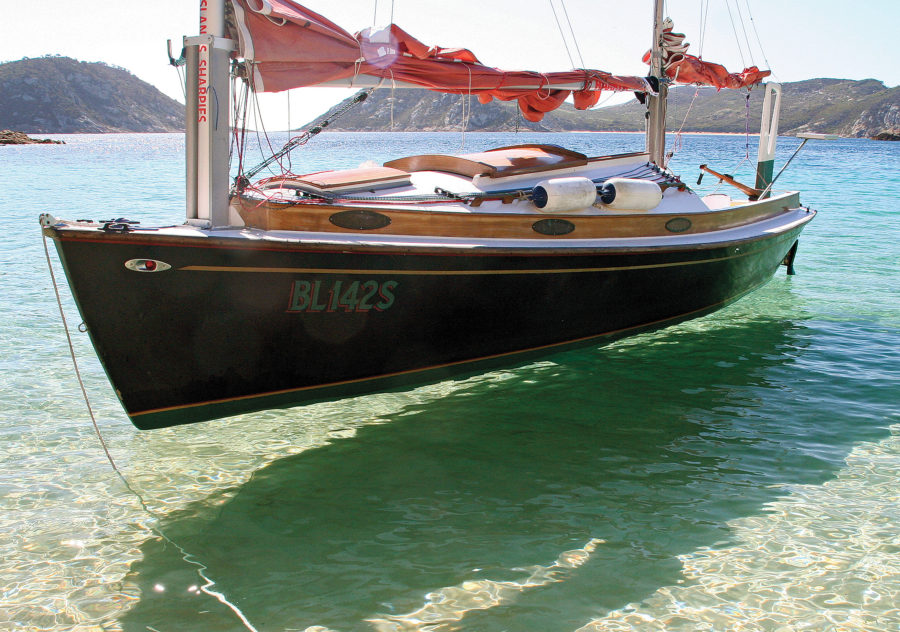
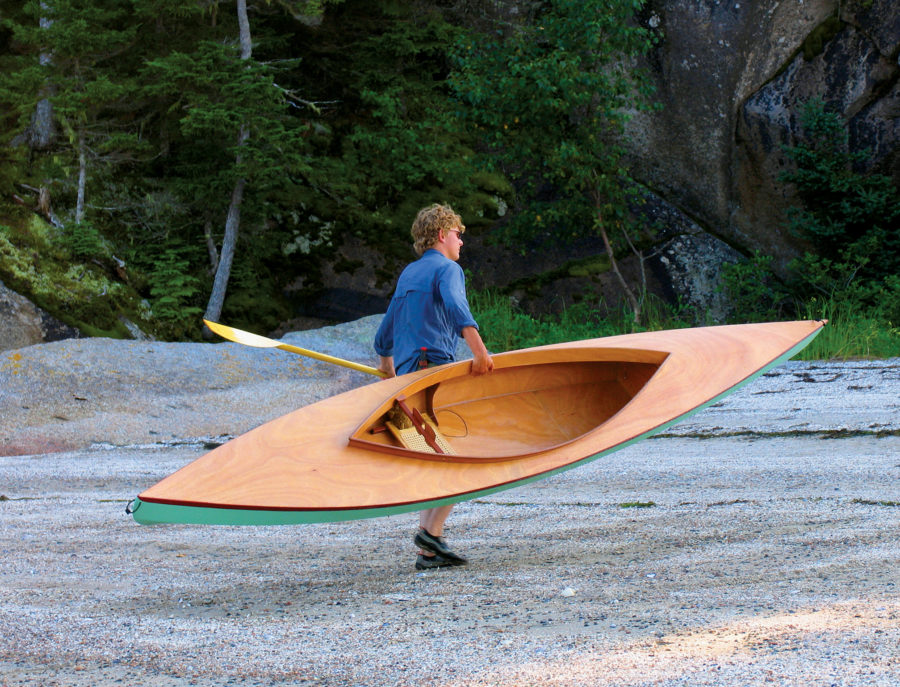
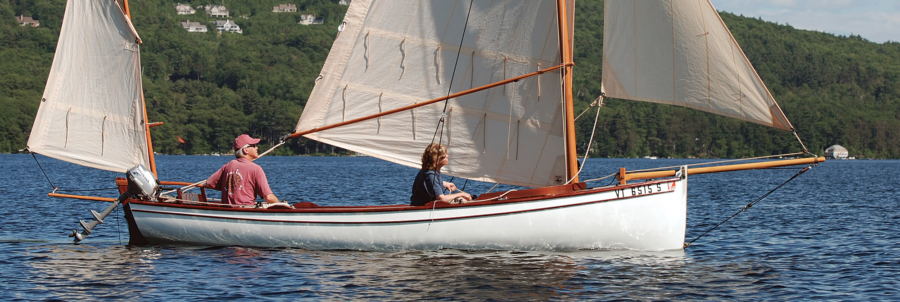
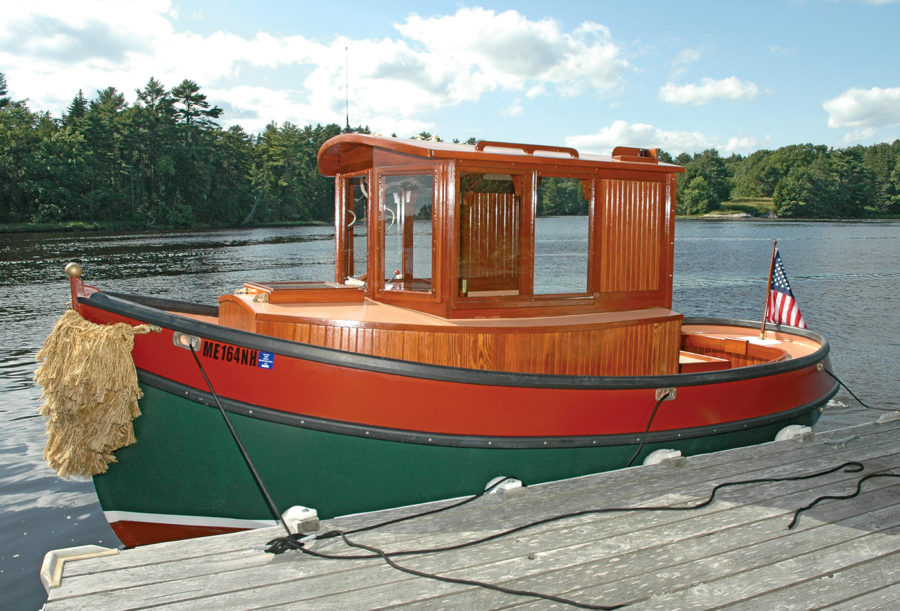
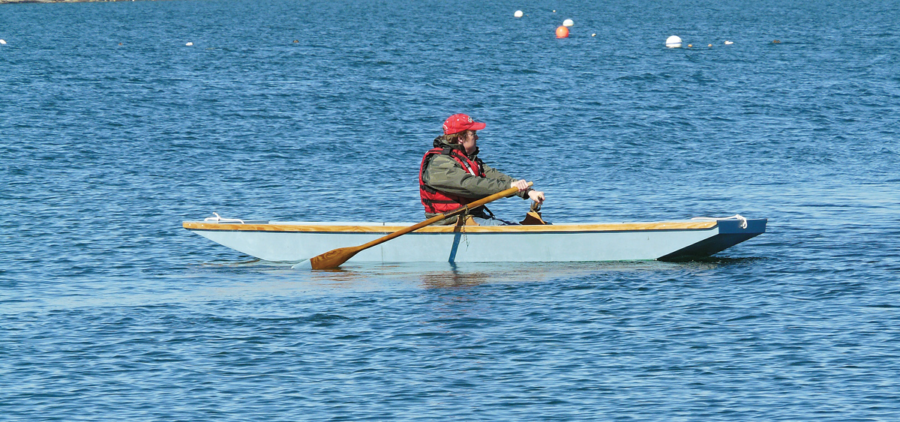
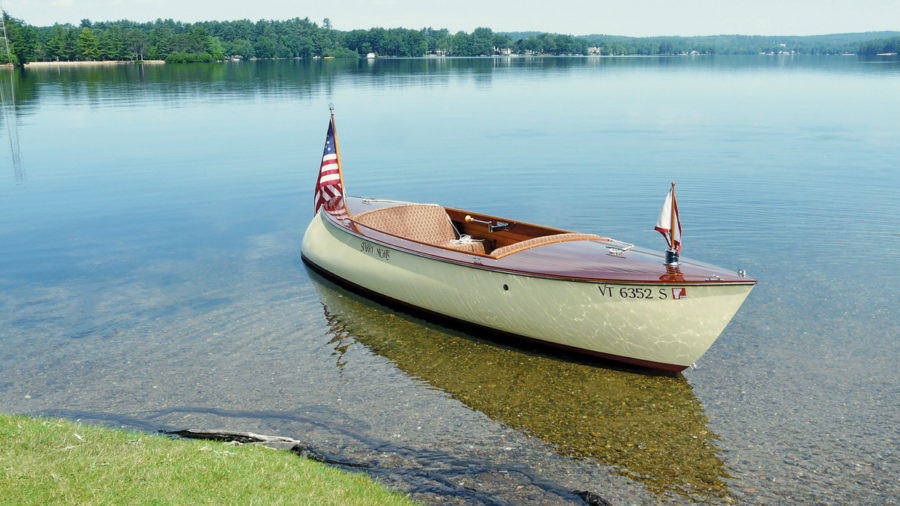
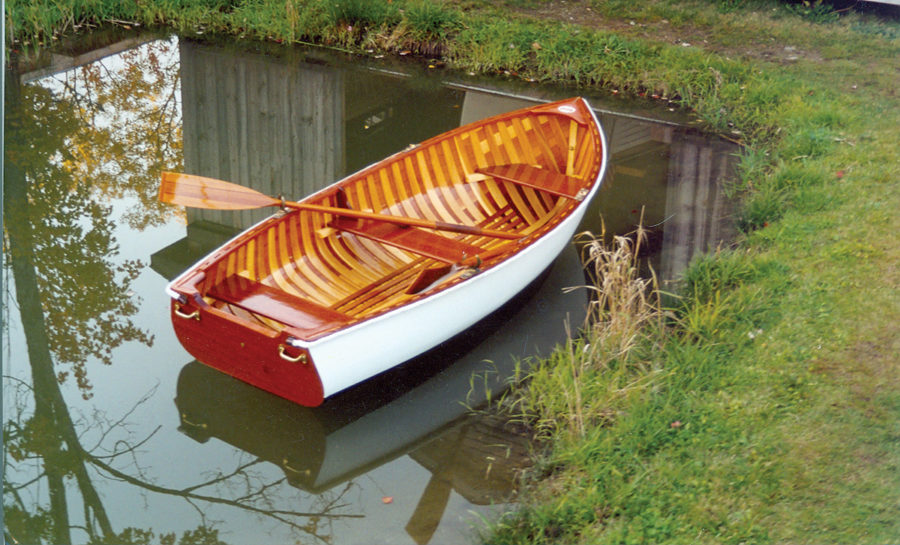
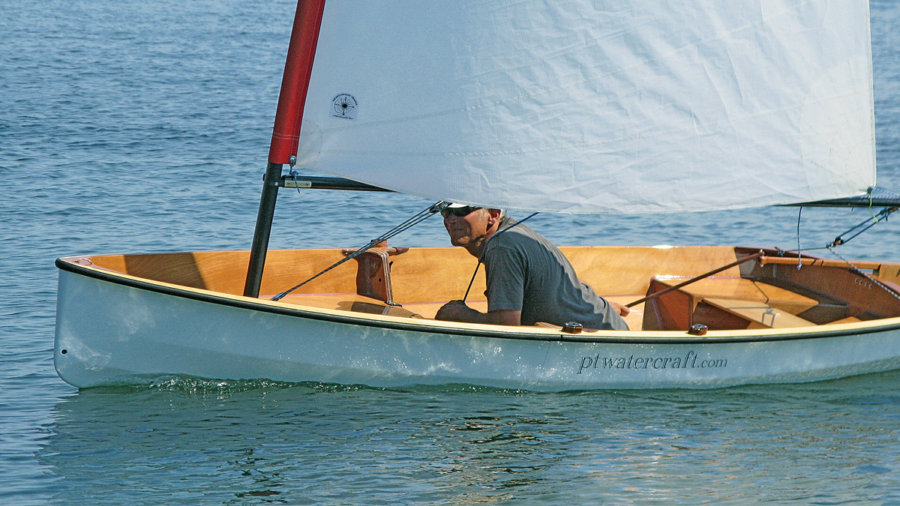
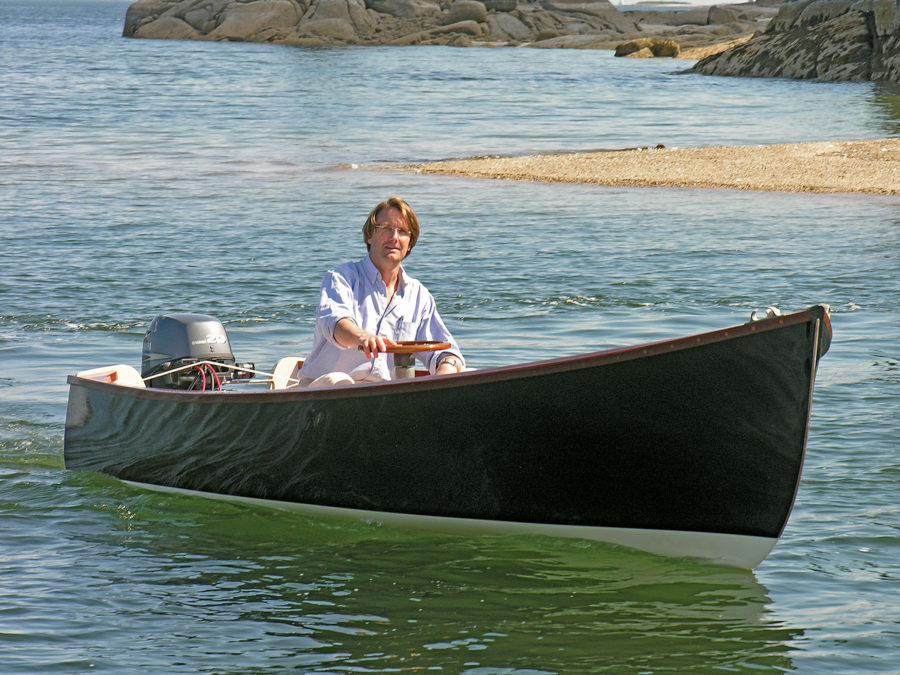
Phil Bolger indicated a shallow rudder with an end plate for many of his shallow draft boats. He claimed it improved handling significantly. I wonder if such a rudder has been tried on these sharpies?